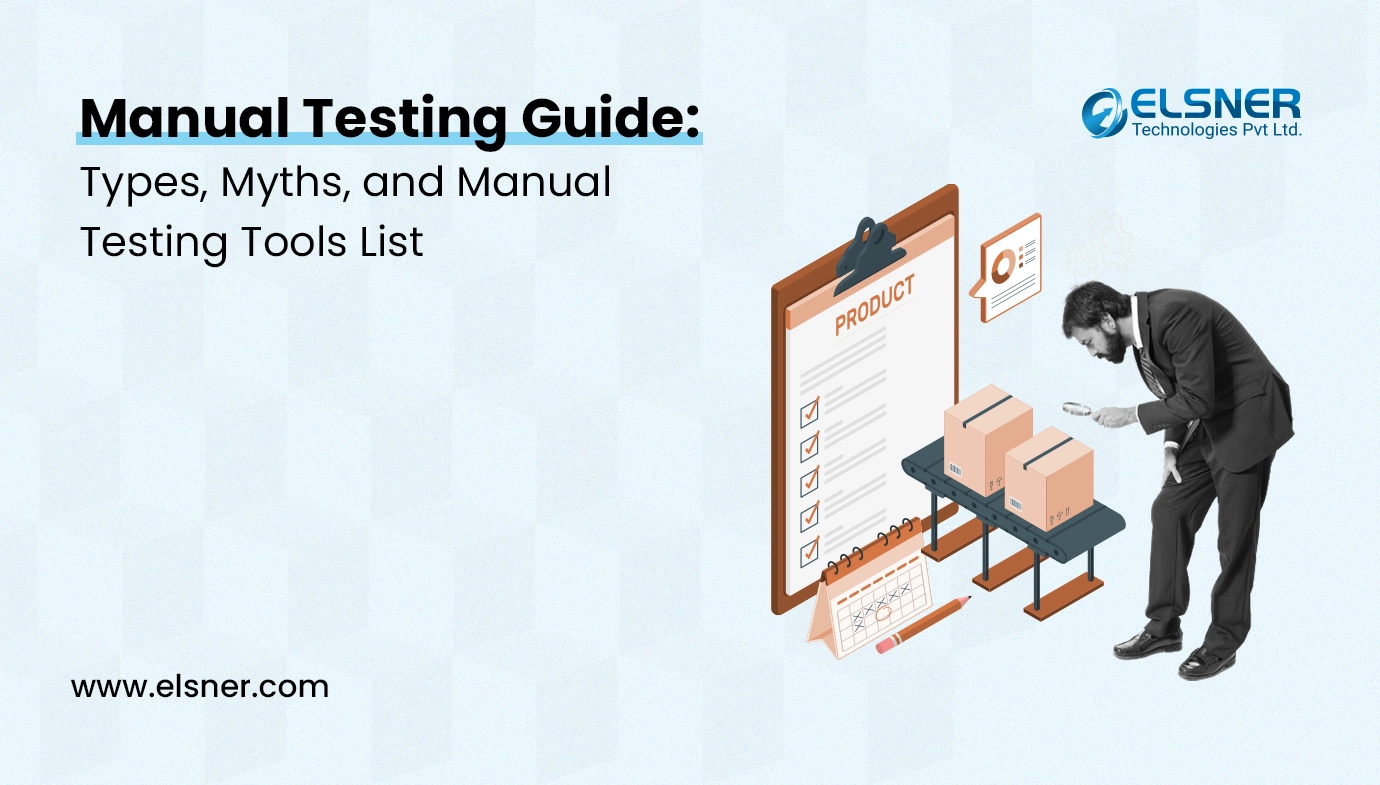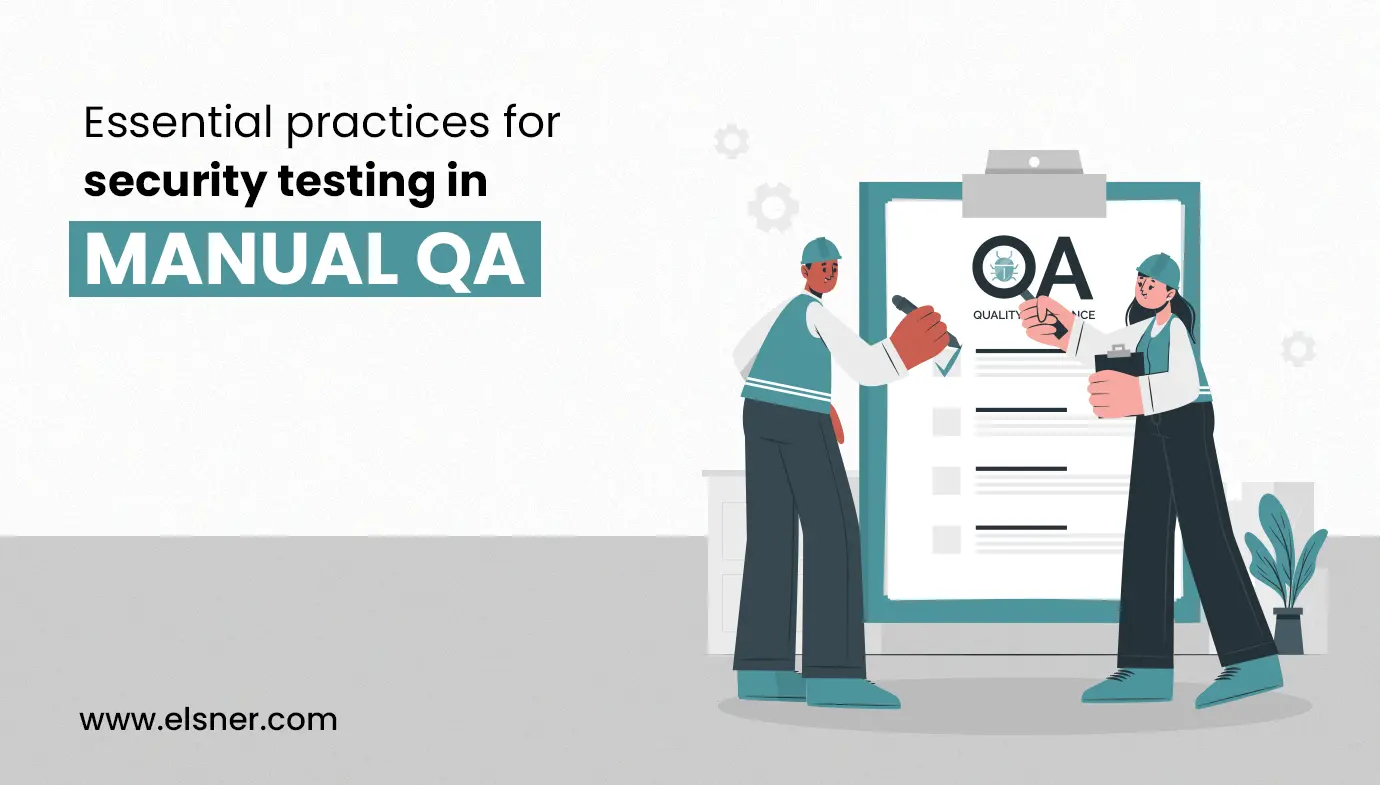Table of Contents
- What Do You Understand by Regression Testing? Why is it Important?
- What are the Varying Techniques Associated with Regression Testing?
- 1. Test Case Prioritization
- 2. Retest All:
- 3. Test Section
- 4. Corrective Testing
- 5. Progressive Testing
- 6. Unit Testing
- What are the Different Regression Testing Tools or Frameworks?
- Selenium
- Appium
- Cypress
- Waitr
- Apache JMeter
- What are Some of the Best Practices Associated with Regression Testing?
- How is Regression Testing Different from Retesting?
- 1. Retesting:
- 2. Regression Testing:
- Parting Words
When you have commenced with a product development project for your business, ensuring its high-end performance and top-notch quality is paramount. There are ample tests that can determine the proficiency of a software product before it is launched.
But as far as facts are concerned, you might need to upgrade the code or introduce new features to the product at some point in time. Now, implementing change to the standard code might give rise to some functionality disruptions.
Regression manual testing, alongside automated unit tests, is what helps you solve or repel this problem. To help you get a better insight into what regression testing is and how it works, here’s a detailed guide for you to count on.
What Do You Understand by Regression Testing? Why is it Important?
In simple words, regression testing is recommended for the software products, after every change introduced to its code. The purpose of executing this test is to ensure that the code enhancements don’t hamper the functionality of the software.
One of the common issues that your QA tester would determine using regression testing is the return of old bugs with the implementation of new changes. With a thorough testing approach, it will be easier for you to trace what enhancement triggered a bug or error.
Following that, as your software features might have a very robust dependency on the new enhancements, even the slightest of modifications can distort the overall response. Thus, your product might incur serious defects.
Your regression testing professional will make sure to cover sufficient test cases, which will eliminate all potential risk factors. Thus, it will also be detecting any potential weakness within the system and point out the defects.
Count on regression test cases as filters for catching the bugs that entered the system through certain modifications. Even though regression testing can be conducted automatedly using pre-written scripts, it is still advised to seek manual help in the process.
This is because manual QA testers will create tailored regression test cases with unique parameters to cover different risk factors of the system. So, it is considered a smart move to get your software products to undergo regression testing.
It is crucial for software products because it adds more agility to the overall process. As a business owner, you won’t like to compromise on the existing functionality just for the sake of adding new enhancements.
Therefore, running regression tests will ensure you don’t have to break any of the software functions that are in good working condition. Basically, regression testing is a compulsory approach in almost all QA processes.
What are the Varying Techniques Associated with Regression Testing?
There are different techniques or strategies out there for enhancing the efficient outcomes of regression tests. But, your manual QA tester might recommend the use of just the specific ones that are ideal for your software solution.
To help you be more knowledgeable about regression testing, here are some of the techniques used in the process:
1. Test Case Prioritization
It is one of the most common techniques for defining the sequence of regression test cases. With this technique, the priority test cases are executed first. This way, critical defects within the software system are detected as soon as possible, giving developers enough time to fix them.
2. Retest All:
It is the technique where experts will be rerunning all of the regression test cases, in order to evaluate the entire software thoroughly. It is a comprehensive approach that’s expensive and time-consuming. Therefore, this technique must be used only if a lot of modules within the software have been upgraded or modified.
3. Test Section
Using the test selection technique, your QA engineers will run only the selected test cases, not all of them. These test cases will be sorted based on a preliminary analysis. This way, you will have the selected cases with affected or modified modules to proceed with the reruns.
4. Corrective Testing
It is the type of regression testing technique that simplifies the process of re-running all the existing test cases when there is no code change reported. It is the practice to cross-verify if the existing code functionalities are performing correctly. Following that, this technique also determines if they can use their test cases further.
5. Progressive Testing
Upon executing progressive testing as part of your regression QA, the professionals will acknowledge that the code changes might require changing the test suites as well. Thus, the experts will then align the test scripts with those of your new requirements. This technique is recommended if there’s a change made to the product’s vision.
6. Unit Testing
With this approach, the software testing agency experts will prepare a complete list of items within the product that they have to test every time they experience any change. It is one of the best ways to get started with regression testing of an ongoing project
What are the Different Regression Testing Tools or Frameworks?
The professionals make use of various automated and manual testing tools or frameworks for executing the regression test cases for your software project. The effectiveness of the test outcomes will depend on the proficiency of the tool. So, here are a few of them for you to count on:
-
Selenium
Selenium is one of the most proficient tools for you to run regression tests. It comes with a Browser Automation feature, which enables you to run the tests on different browsers to locate even the smallest of bugs.
-
Appium
Appium is one of the most crucial manual testing tools that is popularly used for executing regression tests for Android or iOS apps. Determining the functionality of mobile apps is easier with this tool.
-
Cypress
Cypress allows you to execute Components Testing and E2E Testing on its platform. Using them, you can run your regression tests on different browsers seamlessly.
-
Waitr
Waitr is one of the most popular open-source libraries that uses Ruby coding language and supports OLE-based manual software testing. It eliminates the need for experts to use an external server and makes it easier for them to create code without the need for any documentation.
-
Apache JMeter
It is one of the most popular open-source tools. It is ideal for testing the performance, functionality, and load-bearing capacity of Web3 apps or software solutions. Experts can use it to conduct regression testing on diverse technologies.
What are Some of the Best Practices Associated with Regression Testing?
Now that you know about regression testing and its importance in brief, let’s make you aware of some of the best practices that the experts implement for executing it:
- Implementation of a dedicated regression framework right from the start of a project. Moreover, the detailed test designs will ensure that you don’t have to run retests in the long run.
- Run reassessments to ensure that the software or web app product is adhering to the needs of the users and developers, depending on which the test cases might be updated.
- Use explainable AI approved tools for analyzing the user experience over your web app or software system. It will help the professionals narrow down the functionalities that are most frequently used, based on which the test designs can be updated.
- Everytime a new functionality gets embedded to the application, experts must consider adding new tests to the regression pack.
How is Regression Testing Different from Retesting?
At times, when you are leveraging automation for assessing your product quality and efficiency of the enhancements, you might come across regression testing and retesting. These terms can be confusing for people who aren’t experts with these approaches.
These tests might sound similar but are way too different from one another. So, to save you from the confusion, here’s how retesting and regression testing differ from one another:
1. Retesting:
The simple definition to retesting is, you have to test it again! This approach takes place only when the developers have already fixed any defect within the code or if a specific test case fails. It is recommended by the QA experts to ensure that the defects have been fixed.
2. Regression Testing:
Regression web apps or mobile testing services, on the other hand, are executed to detect if product modifications or enhancements give rise to new or old defects. Upon executing this test, you will be ensuring the unification of your software.
Parting Words
Regression testing might indeed demand you to invest some of your resources. But, the importance of it is undeniable as you will acquire a lot of perks associated with the investment, both in terms of cost and time.
Irrespective of whether you seek automated or manual testing of the regression cases, you must know it is an integral part of any agile software or web app development lifecycle. And that’s because it focuses on improving the end output and offers consistent performance.
Connect with the best QA testing experts out there to help you run regression tests for your new or existing software products.

Digital Transformation begins here!
Let us write your business’s growth story by offering innovative, scalable and result-driven IT solutions. Do you have an idea that has the potential to bring a change in the world? Don’t hesitate. Share with our experts and we will help you to achieve it.




